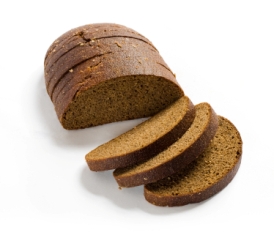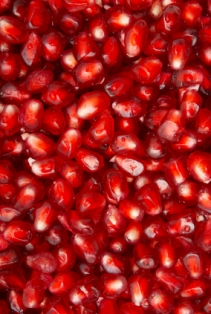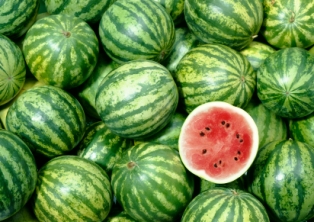Giving Rye a Try
A Flavor ‚Äėfull‚Äô Alternative to Whole Wheat
As any sandwich connoisseur will tell you, the bread is the real meat of the meal.  A submarine sandwich with sub-par bread turns a tasty treat into a dining disaster.
For instance, a six-inch hoagie filled with lean meats and organic vegetables sounds healthy, but not if it’s wrapped in a cocoon of refined flour (i.e. white bread).
Yet wrap that same sandwich in a 100 percent whole wheat sub roll, and a nutritional lightweight becomes a nutritional heavyweight, as all three parts of the grain are used (the bran, the germ and the endosperm).  Wheat bread made from 100 percent whole wheat has loads of fiber, a nutrient that’s vital to heart health, digestive health and weight management.
But truth be told, as great as whole wheat is for the body, it can become old hat after awhile.  Pardon the pun, but wheat bread can become, well, white-bread (i.e. bland, lacking in taste).
Of course there are many other types of bread to choose from, but virtually none of them stacks up to whole wheat from a health perspective.  Ciabatta rolls are made from refined flour, so are sourdough rolls, and don’t even get me started on French rolls.
According to recent study, however, whole wheat may have met its match in rye.
Health aside, the appeal to whole wheat bread is that it leaves its noshers feeling full, thanks to richness in fiber (two slices of wheat bread has about five grams of fiber).¬† But rye bread has that same effect ‚Äď and then some, according to findings by some Swedish researchers.
These researchers from the Swedish University of Agricultural Sciences recruited 16 volunteers and assigned them specific breakfast meals.  About one-quarter of the 16 consumed bagels and toasts made from whole wheat flour, and the remaining 12 consumed toasts and bagels made from rye flour.  The only variable in the study was the fiber content among the rye breads (some were made from sifted rye flour, so they had lower fiber concentrations than full rye bran and 100 percent whole wheat flour); the caloric content of all the breads was the same.
Based on the responses from the volunteers, the researchers found that those who had the rye breakfasts felt full the longest.¬† What‚Äôs more, this high degree of satiety was amongst every rye eater, which is to say that all the rye eaters felt fuller longer than the whole wheat eaters (i.e. people with bread from sifted rye flour consumed lesser amounts of fiber than those with 100 percent whole wheat, yet felt fuller longer).¬† The bread with the highest ‚Äúfullness factor,‚ÄĚ though, was the rye bran.
This study was published in the journal Nutrition Journal.
So there you have it, rye beats whole wheat in the ‚Äúfullness factor.‚ÄĚ
So, if you’re worn out with whole wheat, give rye a try!  Crumb for crumb, it’s every bit as nutritious and delicious!
Sources:
nutraingredients.com
vegetariantimes.com
Posted: September 8th, 2009 under Bread.
Tags: fiber, rye bread, rye bread nutrition, whole wheat bread
Comments: none


















